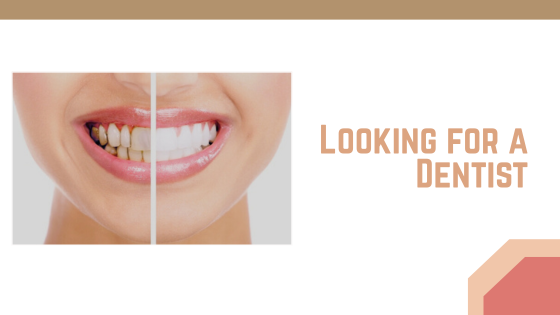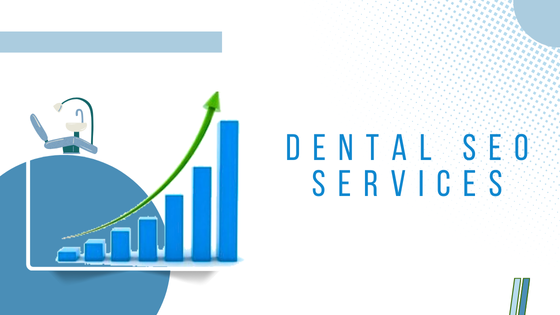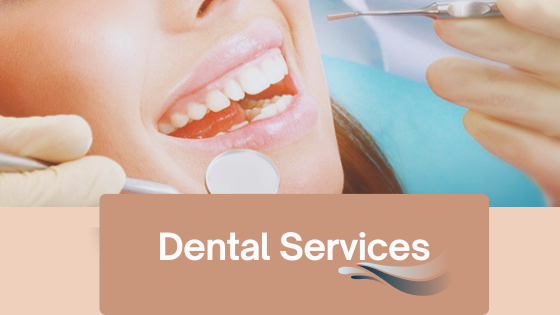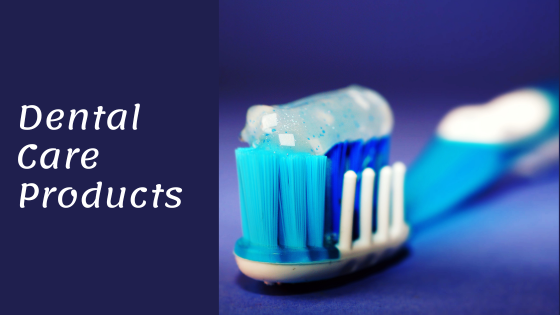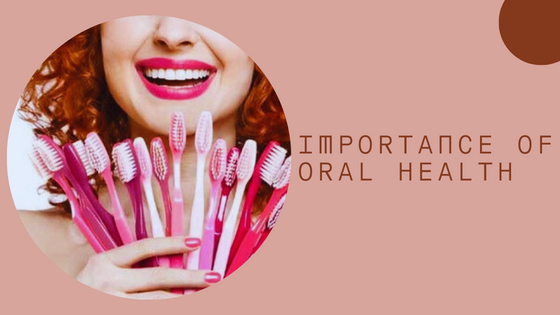When someone in your city searches for “dentist near me” or “emergency dental care,” they’re not flipping through a phone book—they’re relying on Google. The way your website is structured, written, and optimized directly determines whether you show up in those crucial search results. On-page SEO is the foundation of that visibility. It’s not just about keywords sprinkled into your homepage, it’s about creating a site that search engines understand and patients trust. For dental practices, where competition is fierce and location matters, on-page SEO can be the difference between a full appointment calendar and empty chairs.
Building Trust Through Content
Patients don’t just want a dentist—they want reassurance. They want to know they’re choosing someone who understands their fears, offers modern treatments, and provides a welcoming environment. On-page SEO allows you to communicate all of this through your content. By optimizing service pages, blog posts, and even your “About Us” section, you’re not only signaling relevance to Google but also building trust with potential patients. A well-optimized page about dental implants, for example, should answer common patient questions, explain the procedure in plain language, and highlight your expertise. This combination of clarity and authority makes both search engines and patients more likely to choose you.
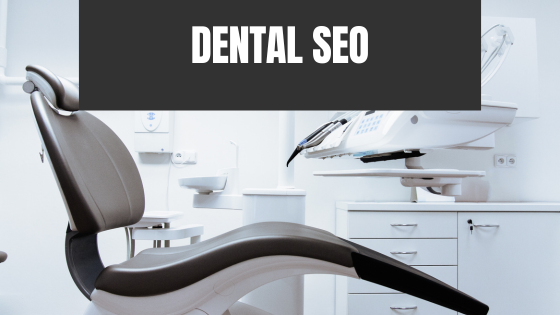
The Role of Keywords in Patient Discovery
Keywords are often misunderstood. They’re not about stuffing “dentist in [city]” into every sentence. Instead, they’re about aligning your content with the exact phrases patients use when they’re searching. Someone might type “teeth whitening cost,” “pediatric dentist near me,” or “same-day crowns.” By weaving these terms naturally into your headings, paragraphs, and meta descriptions, you’re positioning your practice as the answer to their needs. The key is balance—your content should read like a conversation, not a checklist of keywords. When done right, keywords act as a bridge between patient intent and your services.
Optimizing Title Tags and Meta Descriptions
Think of your title tag and meta description as your digital storefront. They’re the first thing patients see in search results, and they determine whether someone clicks through to your site or scrolls past. A generic title like “Home | Smith Dental” won’t inspire action. But a title such as “Family Dentist in Dallas | Gentle Care at Smith Dental” immediately communicates location, service, and value. Pair that with a meta description that highlights benefits—like same-day appointments or sedation options—and you’ve created a compelling reason for patients to choose you before they even land on your site.
User Experience as an SEO Signal
Google has made it clear: user experience is SEO. If your site loads slowly, looks outdated on mobile, or buries important information, patients will bounce—and search engines will notice. On-page SEO involves optimizing not just words but also design and functionality. A dental practice website should be fast, mobile-friendly, and easy to navigate. Patients should be able to find your phone number, address, and booking form without frustration. Every second of delay or confusion is a lost opportunity. By improving user experience, you’re not only pleasing Google’s algorithm but also creating a smoother path for patients to book an appointment.
The Power of Internal Linking
Internal links are often overlooked, but they’re one of the simplest ways to strengthen your on-page SEO. When you link from your homepage to your service pages, or from a blog post about gum health to your periodontal treatment page, you’re guiding both patients and search engines deeper into your site. This structure helps Google understand the hierarchy of your content and ensures that important pages get the visibility they deserve. For patients, it creates a natural journey—someone reading about tooth sensitivity can easily click through to learn about fillings or root canal therapy.
Local Relevance and NAP Consistency
For dental practices, local SEO is everything. On-page optimization plays a huge role in making sure your practice shows up in local searches. Your name, address, and phone number (NAP) should be consistent across your site, especially on your contact page and footer. Embedding a Google Map, mentioning nearby landmarks, and creating location-specific service pages all reinforce your local relevance. When a patient searches for “dentist in Springfield,” Google wants to be confident that your practice is indeed in Springfield and actively serving that community. On-page SEO provides that confirmation.
Content That Converts, Not Just Ranks
Ranking on Google is only half the battle. The real goal is to turn visitors into patients. That’s where conversion-focused on-page SEO comes in. Your content should anticipate objections, highlight benefits, and make booking an appointment effortless. A page about Invisalign shouldn’t just explain the treatment—it should showcase before-and-after photos, patient testimonials, and a clear call-to-action like “Schedule Your Free Consultation Today.” By blending SEO with persuasive copywriting, you’re not just attracting clicks—you’re filling your schedule.
Measuring Success and Iterating
On-page SEO isn’t a one-time project. Search algorithms evolve, competitors update their sites, and patient behavior shifts. That’s why it’s essential to track performance. Tools like Google Analytics and Search Console can show you which pages are driving traffic, which keywords are gaining traction, and where patients are dropping off. With this data, you can refine your content, adjust your meta tags, and improve your calls-to-action. The practices that dominate local search aren’t the ones who did SEO once—they’re the ones who treat it as an ongoing strategy.
Partnering with Specialists Who Understand Dentistry
While any business can benefit from SEO, dental practices face unique challenges. Patients have specific concerns, from dental anxiety to cost transparency, and your content must address those concerns authentically. That’s why many practices turn to agencies that specialize in dental marketing. Dental SEO Local, one of the best dental SEO agencies, focuses exclusively on helping dentists dominate local search. By combining their local SEO for dentists services with technical optimization with patient-centered content, they ensure your site not only ranks but also converts visitors into loyal patients.
Conclusion
For dental practices, on-page SEO is more than a technical checklist. It’s the art of aligning your website with both search engines and human behavior. It ensures that when someone in your community needs a dentist, your practice is not only visible but also compelling. From keywords and meta descriptions to user experience and conversion-driven content, every element works together to build trust, attract patients, and grow your practice. In a competitive market, ignoring on-page SEO means leaving appointments—and revenue—on the table.
